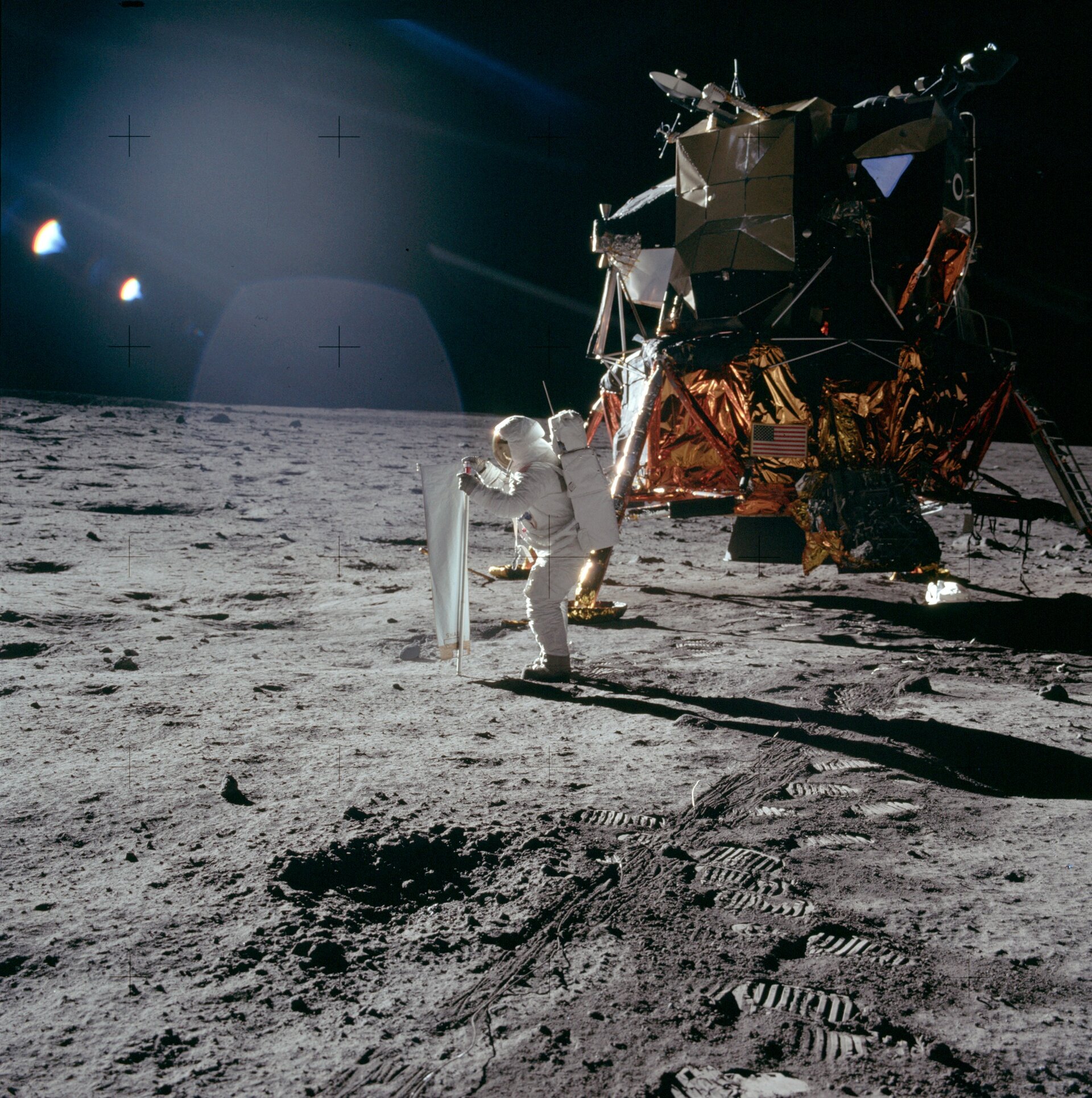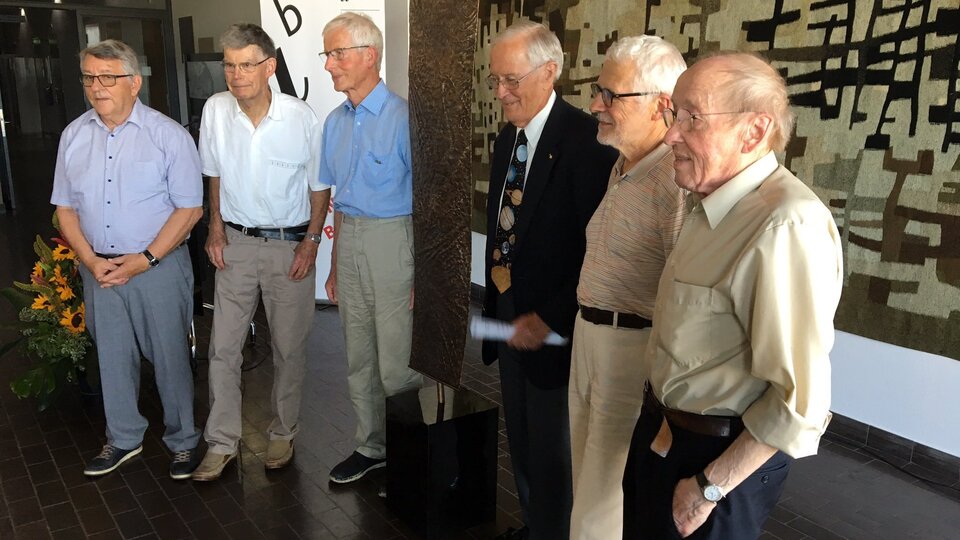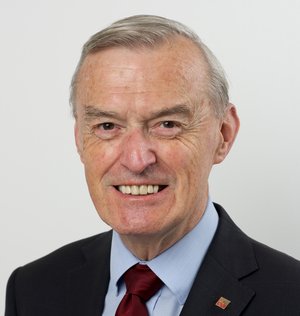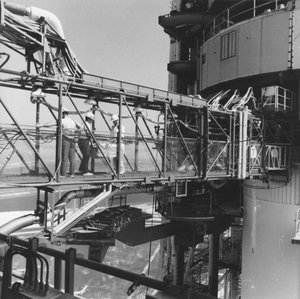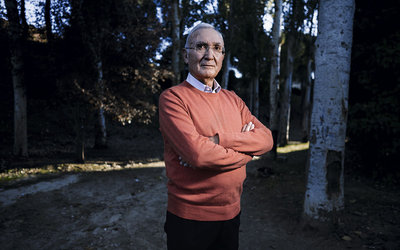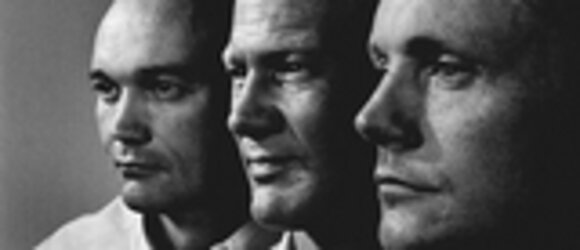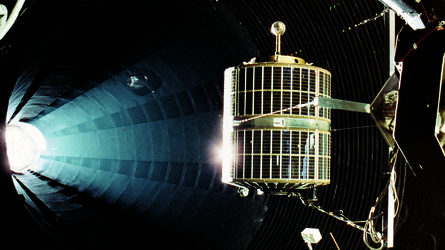Europeans in Apollo: First flag on the Moon?
The flag-like Solar Wind Composition Experiment was the first experiment set up by the Apollo 11 astronauts on the lunar surface, and its Principal Investigator was Johannes Geiss, the world-leading Swiss physicist.
Manufactured by the University of Bern and the Swiss National Science Foundation, this experiment was both simple and of great scientific value. It was one of the only experiments to be carried on every lunar landing mission, and it was the only non-American experiment to be part of the Apollo landings. It consisted of an aluminium foil sheet, 1.4 m by 0.3 m, fixed to a pole facing the Sun.
By combining scientific arguments and diplomacy, Johannes Geiss even succeeded in convincing NASA to deploy the Swiss solar sail before unfurling the US flag, in order to maximise the foil’s exposure time. Before launch, someone had playfully suggested attaching a Swiss flag inside the roll of foil, so that it would be the first flag placed by man on the Moon!
Geiss had devised this experiment to study the Sun’s continuous flux of charged particles, called the ‘solar wind’. His team’s experiment allowed the first measurements of the composition of the solar wind’s noble gases. These data would help to resolve the competing theories about the origins of the Solar System, planetary atmospheres and solar wind dynamics. The foil was exposed to the Sun for 77 minutes on Apollo 11, allowing solar wind particles to embed themselves into the foil. The foil was then returned to Earth for laboratory analysis.
We are grateful to Prof. Geiss for giving his time this week to answering our questions!
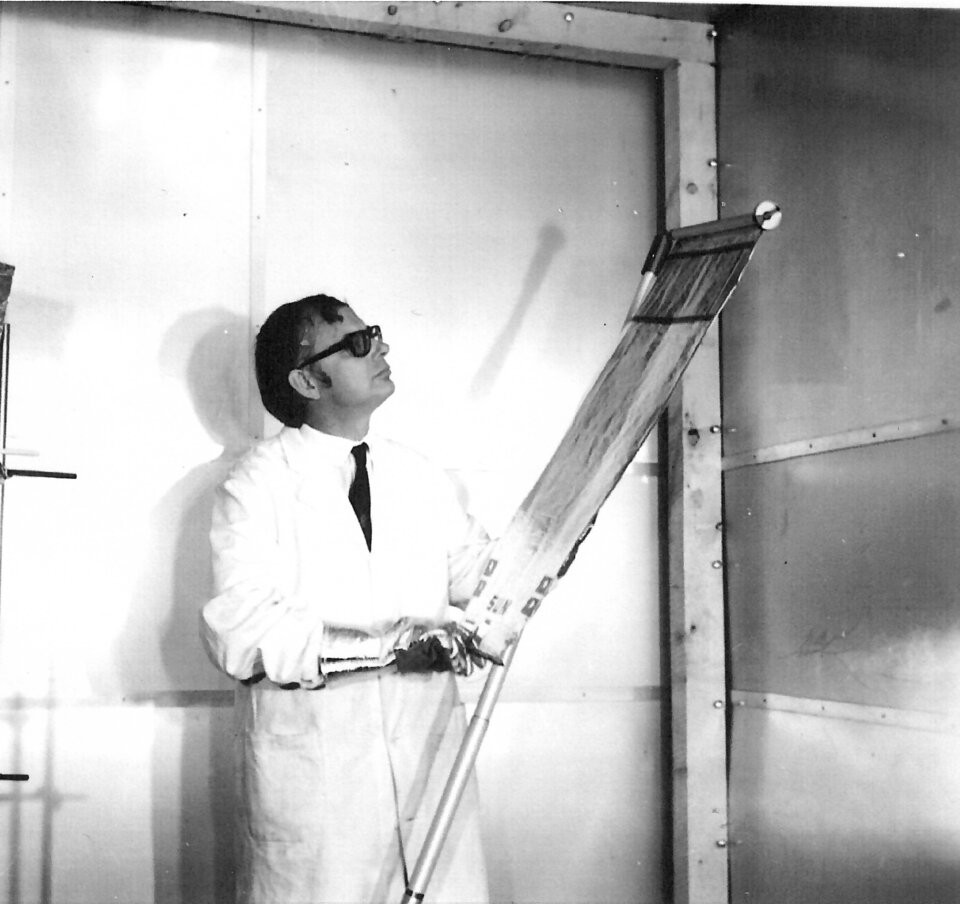
What was the process for selection for your experiment on Apollo 11?
Our experiment was chosen because of the expected important scientific data and because of technical reasons: it was light (430 g), it did not need electrical power and was easy to deploy for the astronauts.
How did you and your team feel once the experiment was on the Moon?
I was very relieved that the landing went well for the astronauts and was excited to see Buzz Aldrin deploy the foil. Of course I was extremely nervous that the astronauts could return safe and sound and that they could safely bring back the SWC experiment.
What was the reaction of the wider community in work or at home?
The excitement of the public in the US, where I was staying at that time, and in Europe was overwhelming. I could never have imagined such enthusiasm.
What did the experiment discover about the Solar Wind?
The aim of the experiment was the measurement of solar wind ion composition, which is not possible on Earth, because of the atmosphere. With the foil of the solar wind experiment it was possible to catch these particles and then measure them on Earth, especially the isotopes of the light noble gases, meaning helium, neon and argon. This gave important information about the past of the Universe and the 'Big Bang'.
Did more versions of the experiment fly, either on the remaining Apollo missions or to Earth orbit?
Yes, it was a big success and we had the opportunity for the experiment to fly on four of the next Apollo missions (12, 14, 15 and 16) and the exposure time of the experiment on the Moon was considerably extended to several hours in the later flights.
Given the role you have had in shaping space science research already, what are the big questions about space or the Solar System you would still like to know the answers to?
The more research we do, the more questions arise, and there seems to be one main reason that we come to our limits, and that is the human brain.
Will you celebrate the 50th anniversary of the Moon landing?
We already had a very nice celebration at the University of Bern in June with scientists, astronaut Charles Duke, politicians and the wider public. On 21 July I will have a glass of champagne with my wife Carmen to celebrate the first landing on the Moon, this great moment in history and science.


